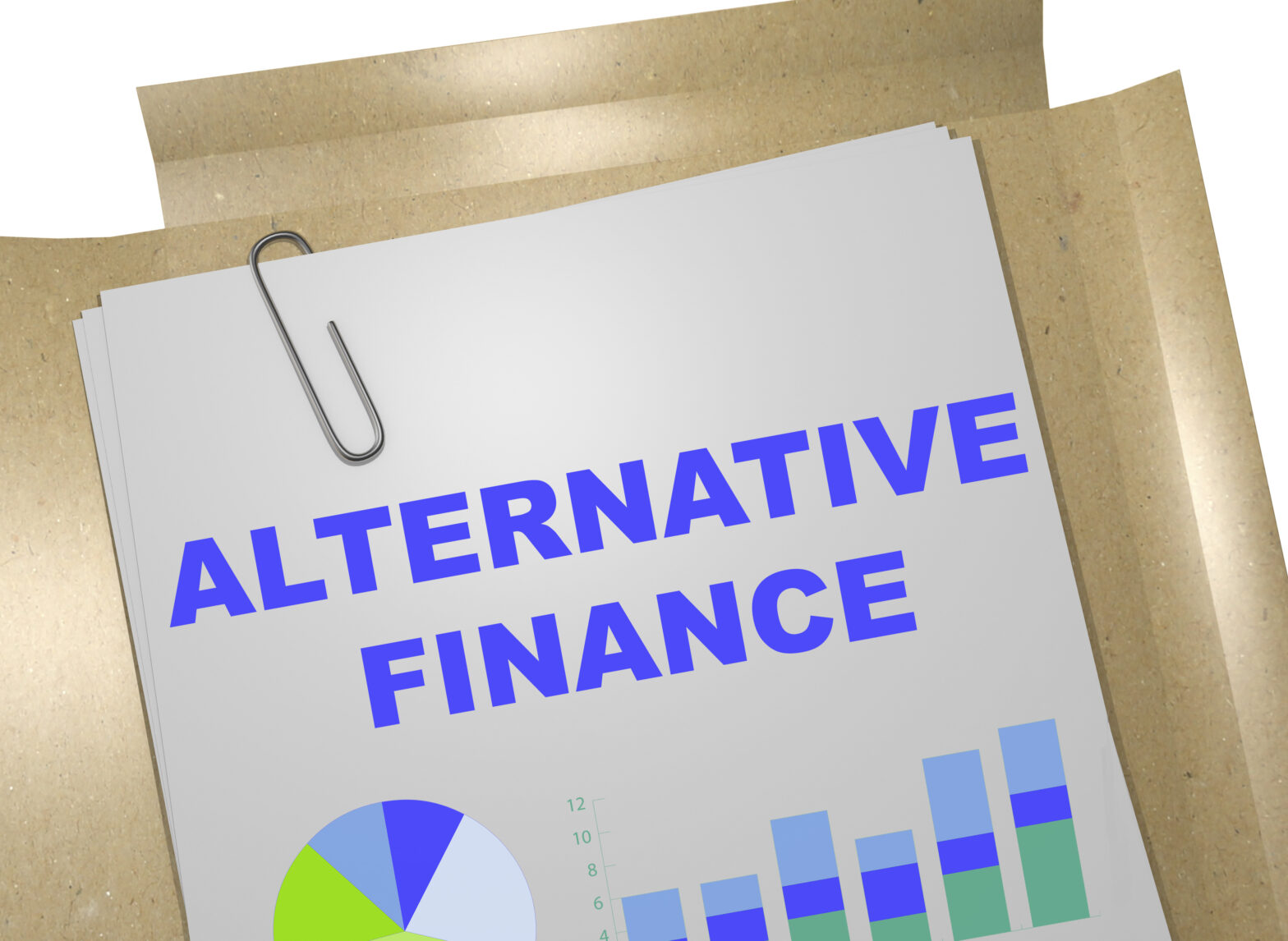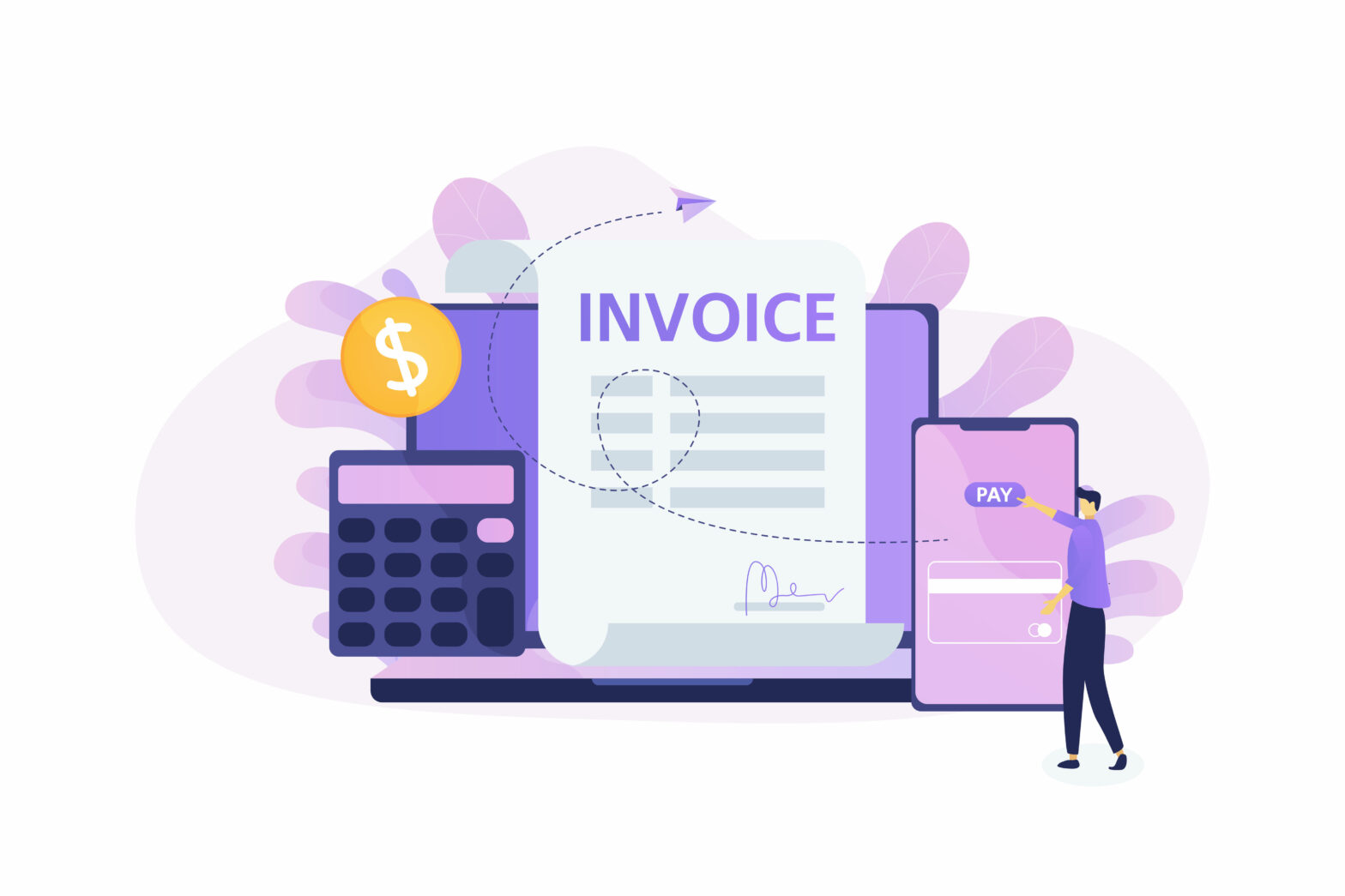If you want to borrow money to take your business to the next level, you have more choice than ever before; there is a range of alternative business funding options on the market for you to choose from.
Traditional business loans from high street banks and building societies are far from the only source of finance available for small businesses.
Over the past ten years, start-ups and small business owners have seen several emerging alternative business funding options make their way to market and establish themselves as viable alternatives.
Here’s an overview of five alternative business funding methods to finance growth in your business.
Alternative business funding method #1: What is equity crowdfunding?
Equity crowdfunding is a form of alternative business funding where you raise capital by selling equity in your business using a crowdfunding platform.
Selling equity in your business has been around for hundreds of years, but traditionally was the preserve of wealthy angel investors who could afford to back small businesses with large sums.
The emergence of online crowdfunding websites has changed all that, and has opened it up to the wider public. In the past, investors needed thousands of pounds to buy equity in a business, but now they can do so with much less cash, often as little as £10.
This gives you a new way to raise capital for your business, without needing to find a wealthy venture capitalist or celebrity dragon who’s willing to invest.
How does it work?
Equity crowdfunding is especially effective if you have a set project you’d like to put into development, for example launching a new range of clothing or developing a new video game.
This is because most crowdfunding websites require the business owner to submit a pitch or brief outlining:
-Information about the business
-How the money will be used
-How much money is needed
-What investors will get in return for their investment
Once this page is live, investors are invited to support the project by buying into it, usually at set tiers, for example £10, £50, £100 etc. Once your funding target is reached the money is transferred to you by the crowdfunding platform, minus any fees and charges.
Online platforms that offer equity crowdfunding that abide by the UK Crowdfunding Association code of conduct include:
- Crowdcube
- Downing
- Seedrs
- Property Partner
You can find out more about equity crowdfunding on the UK Crowdfunding Association website.
Further reading on equity crowdfunding
Alternative business funding method #2: What is peer to peer lending?
It’s fair to say that peer to peer lending is booming. While it’s still a relatively new industry in the alternative business funding space, it’s becoming an established alternative way for both individuals and businesses to borrow the money they need.
Since 2014 the industry has been regulated by the Financial Conduct Authority, which requires all lenders to:
-Have a minimum operating capital amount
-Keep their client’s money in a separate account until it’s lent out
How does it work?
For you the borrower it works in a similar way to a normal business loan, the main difference is who you are borrowing the money from. It works by matching up a large number of savers or individual investors with borrowers looking to raise capital.
You choose how much you need to borrow, for how long, and then pay back what you owe in regular instalments.
You can use the money for whatever your business needs, in return you pay interest on what you’ve borrowed, giving the investors a return on their money.
With lower costs than traditional banks, the interest rates available on peer to peer loans can often be cheaper than what you could get on the high street.
Some of the main business peer to peer lenders in the UK include:
- Folk 2 Folk
- Funding Circle
- Lendinvest
- Marketinvoice
- Ratesetter
- ThinCats
All of these lenders are members of the P2P Finance Association.
Further reading on peer to peer lending
Alternative business funding method #3: What is property finance?
Property finance can either refer to borrowing to buy a property as part your business or to redevelop your existing property.
For both types, the loan is secured on your business property, so the amount you can borrow, and to a certain extent the cost of your loan, depends on how much the property is worth.
Property finance is a well established type of business finance that is available from both traditional lenders like high-street banks and building societies, to online lenders and brokers.
How does it work?
To apply for property finance you need to work out how much you need to borrow, either to buy your chosen property or to redevelop your existing building.
You will also need to have a substantial deposit, which can either be assets within your business or the equity in your property if you already own it.
This deposit will usually have to be at least 40 per cent of the value of the property. For example, if you wanted to buy a property that cost £100,000, you would need to have a deposit of at least £40,000.
The cost of your loan will depend on how much you borrow, the size of your deposit (usually the bigger the deposit the cheaper your loan) and your business finances, including your credit history.
Further reading on property finance
Property finance in the UK: What are the options?
Alternative business funding method #4: What is invoice finance?
Invoice financing is where you use your outstanding customer invoices to borrow money, the lender effectively buys these invoices off you.
Invoice financing is much older than many of the other finance options on this list, and in one form or another can be traced back hundreds of years in the UK.
However, the internet has opened it up to a range of business owners who would not otherwise have been able to use it.
The main advantage of invoice finance is that if gives you an advance on the money that your business is earning without sacrificing any equity in your company.
How does it work?
There are two main types of invoice financing;
Factoring – this is where the company buying your invoices actively manages them for you and collects the money you’re owed directly from your customers
Invoice discounting – this is where you are responsible for paying back what you borrow, so when the nominated invoices are paid by your clients you have to send the money straight to the lender.
Factoring is usually more expensive than invoice discounting because more work is involved for the lender. However, it does save you time chasing outstanding invoices because this responsibility is handed over to the company releasing the finance.
Whichever option you choose you can usually still keep the fact you are using an invoice finance company confidential. However, not all finance companies offer this, especially for factoring finance, so check before you proceed.
the UK Finance organisation represents some 300 firms operating in this sector and they have a IF/ABL Standards Framework, which sets out the rules asset based lenders have agreed to follow.
Further reading on invoice finance
Alternative business funding method #5: What is asset based lending?
Asset based lending is where you use your business assets to support your borrowing. Around 40,000 businesses each year use some form of asset based borrowing, and it’s becoming a more and more popular choice for business owners in need of extra working capital to support their business.
Invoice finance is one type of asset based lending but there are several others. Asset based lending could be available using any of the following:
-Stock and inventory
-Plant and machinery
-Intellectual property
-Brand incomes
-Upcoming income streams
How does it work?
Asset based lending is a tailored depending on the asset you choose to use as security on your loan.
Most asset based lending is offered as a line of credit, which means you can access and borrow money from it when your business needs to, and pay it back when funds become available.
The cost is usually worked out by the risk to the lender, so is determined by the value of your security, the size of the loan and your business finances. For larger asset based loans it is not unusual for several lenders to come together to jointly finance a loan.
Before you apply for asset based lending you need to work out how much your business needs to borrow, how long you’ll need to pay it back and what business asset you plan to use.
You can search for companies that offer asset backed lending on the ABTA website. You can enter details about your business like your turnover and type of industry, and then filter by the type of finance they offer and their location to find a company that offers the type of finance you need.
Further reading on asset based lending
Martin Lane is managing editor of money.co.uk.
Further reading on alternative finance
Looking for finance? SmallBusiness.co.uk is working in partnership with trusted lenders to help you find the best business funding deals. Find out more here.





